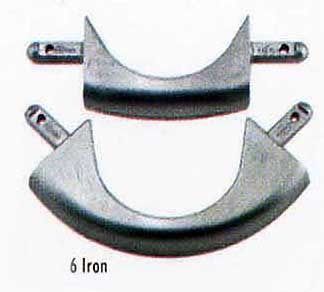Hi,
That is my guy Josh doing the work on the bed cloths. He is installing the cloth to the correct index specified in the Simonis DVDs which Glen and I produced five years ago.
To answer your question, the cloth is NOT to to tight. It is installed in a rectangular pattern, measured and repeated on every table. The old cloth was installed without an index and was loose. That's why the tables played slower and inconsistently. We've also installed new cushions (Diamond) on the seven tables we've serviced this week. High humidity will cause the cloth to relax a bit but never enough for the cloth to gather under your fingers or hand. I promise you'll never see that with our installs.
To your next point, "can the cloth be installed to tight"? Yes it can. Simonis cloth will get white stretch shadows in the rails and bed cloths if over stretched. That's why we mark the cloths with exact measurements for the pocket slack, and bed cloth stretch. Tight, even rectangle, with no shadow lines and stays tight is a properly installed Simonis bed cloth.
If you have any questions about how the cloth should be installed, Simonis has a DVD showing the exact process. $29.95 Oh, by the way I'm the guy in the DVD for bed cloths, Oh, by the way, Glen Real King Cobra, is the guy in the rail cloth DVD. Most people have never played on Simonis cloth the way it's supposed to play. That's why Glen came up with the indexing system for bed cloths, so every mechanic could install it properly, table after table.
You'll get used to the additional speed of the tables in time. What I hope you'll appreciate is the consistency of the tables, one to the next.
Jay Spielberg
